Understanding Air Quality Monitoring in Event Venues: Ensuring a Healthy Environment
Contents |
[edit] Introduction
When it comes to organising events in venues, ensuring a healthy and comfortable environment for attendees is paramount. One crucial aspect that often goes overlooked is air quality. Poor indoor air quality can lead to discomfort, health issues, and a negative experience for event participants. In this article, we will shed light on the importance of air quality monitoring in event venues and explore the benefits of real-time monitoring, as well as various techniques and technologies that can be utilised to maintain a healthy environment.
[edit] The Significance of Air Quality Monitoring
Event planners and venue operators need to understand the significance of air quality monitoring in event spaces. By actively monitoring air quality parameters, they can proactively address potential issues, improve attendee comfort, and ensure a safe environment. Monitoring helps detect and mitigate the presence of pollutants, manage carbon dioxide (CO2) levels, and assess the effectiveness of ventilation systems.
[edit] Benefits of Real-Time Monitoring
Real-time air quality monitoring provides immediate and actionable information about the indoor environment. This enables event organisers to make prompt adjustments and take preventive measures if any issues arise. The benefits of real-time monitoring include:
- Early Detection of Pollutants: Monitoring systems can detect various pollutants such as volatile organic compounds (VOCs), particulate matter, and gases. Early detection allows for timely identification and mitigation of potential health hazards.
- CO2 Level Management: Monitoring CO2 levels is essential in crowded event venues where high occupancy can lead to elevated CO2 concentrations. Maintaining optimal CO2 levels helps prevent drowsiness, fatigue, and discomfort among attendees.
- Ventilation Effectiveness: Monitoring air quality parameters provides insights into the effectiveness of the ventilation system. It helps identify areas with poor airflow, stagnant air pockets, or inadequate ventilation, allowing for targeted improvements.
[edit] Air Quality Monitoring Techniques
There are several techniques and technologies available for air quality monitoring in event venues. These include:
- Particulate Matter (PM) Monitoring: Utilising sensors that measure the concentration of particulate matter in the air. PM monitors help identify dust, allergens, and other microscopic particles that can impact air quality
- VOC Monitoring: VOC sensors detect the presence of volatile organic compounds, which can originate from various sources like cleaning products, paints, and furnishings. Monitoring VOC levels helps identify potential sources of indoor air pollution.
- CO2 Monitoring: Carbon dioxide sensors measure CO2 levels in the air. This data helps ensure proper ventilation and prevent the buildup of CO2, which can cause discomfort and affect cognitive function.
- Indoor Air Quality (IAQ) Monitors: These comprehensive monitoring systems combine various sensors to measure multiple parameters, including temperature, humidity, CO2, VOCs, and particulate matter. IAQ monitors provide a holistic view of the indoor environment and allow for targeted improvements.
[edit] Integration & Data Analysis
Integrating air quality monitoring systems with data analysis platforms enables event organisers to track historical trends, identify patterns, and make informed decisions for future events. Data analysis helps identify potential correlations between air quality and attendee comfort, enabling continuous improvement of the event environment
[edit] Conclusions
Understanding the importance of air quality monitoring in event venues is crucial for event planners and venue operators. By implementing real-time monitoring systems and utilising techniques such as particulate matter, VOC, and CO2 monitoring, they can ensure a healthy and comfortable environment for attendees. Regular monitoring, analysis of data, and proactive measures help create an environment where participants can focus on the event itself, knowing that their well-being is prioritised. By investing in air quality monitoring, event organisers contribute to a positive and memorable experience for all attendees.
--Building Ventilation Solutions
[edit] Related articles on Designing Buildings
- Air tightness in buildings.
- Air conditioning.
- Air quality.
- Air quality in the built environment.
- Building services.
- Castle Hill Event Space.
- Computational fluid dynamics.
- Daylighting exhibition space in museums and galleries.
- Domestic Ventilation Systems - a guide to measuring airflow rates (BG 46/2022)
- Domestic ventilation systems performance.
- Draughts in buildings.
- Enhancing Airflow and Comfort in Large Event Spaces.
- Fresh air.
- Indoor air velocity.
- Natural ventilation.
- Royal Albert Hall.
- Re-circulation air.
- Reverberation in buildings.
- Ventilation.
- Walt Disney Concert Hall.
Featured articles and news
Insights of how to attract more young people to construction
Results from CIOB survey of 16-24 year olds and parents.
Focussing on the practical implementation of electrification.
Sustainable Urban Drainage and Biodiversity
Awards for champions of these interconnected fields now open.
Microcosm of biodiversity in balconies and containers
Minor design adaptations for considerable biodiversity benefit.
CIOB student competitive construction challenge Ireland
Inspiring a new wave of Irish construction professionals.
Challenges of the net zero transition in Scotland
Skills shortage and ageing workforce hampering Scottish transition to net zero.
Private rental sector, living standards and fuel poverty
Report from the NRH in partnership with Impact on Urban Health.
.Cold chain condensing units market update
Tracking the evolution of commercial refrigeration unit markets.
Attending a conservation training course, personal account
The benefits of further learning for professsionals.
Restoring Alexander Pope's grotto
The only surviving part of his villa in Twickenham.
International Women's Day 8 March, 2025
Accelerating Action for For ALL Women and Girls: Rights. Equality. Empowerment.
Lack of construction careers advice threatens housing targets
CIOB warning on Government plans to accelerate housebuilding and development.
Shelter from the storm in Ukraine
Ukraine’s architects paving the path to recovery.
BSRIA market intelligence division key appointment
Lisa Wiltshire to lead rapidly growing Market Intelligence division.
A blueprint for construction’s sustainability efforts
Practical steps to achieve the United Nations Sustainable Development Goals.
Timber in Construction Roadmap
Ambitious plans from the Government to increase the use of timber in construction.
ECA digital series unveils road to net-zero.
Retrofit and Decarbonisation framework N9 launched
Aligned with LHCPG social value strategy and the Gold Standard.








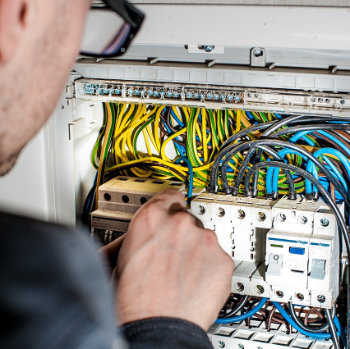
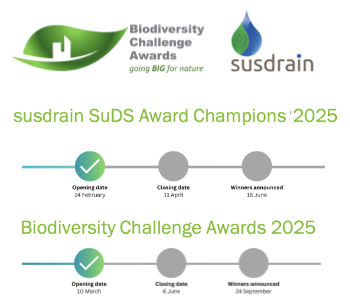
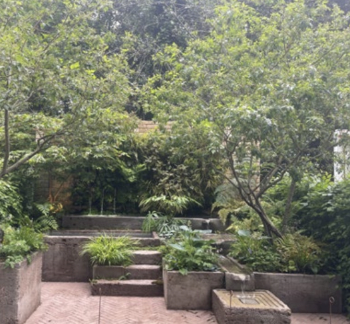
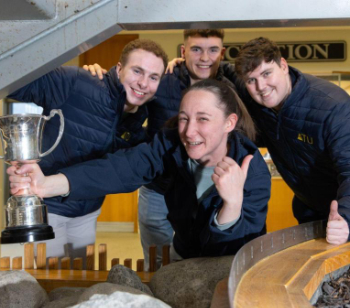


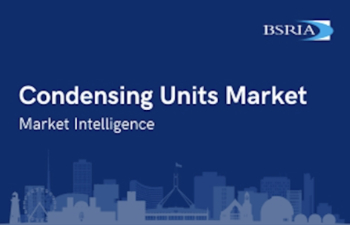
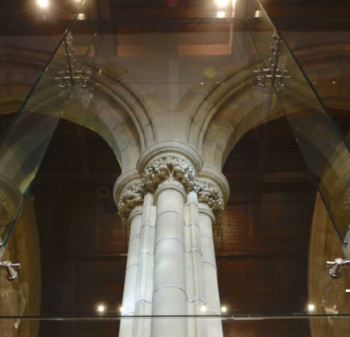
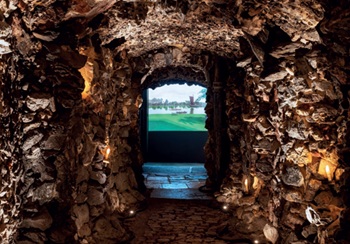




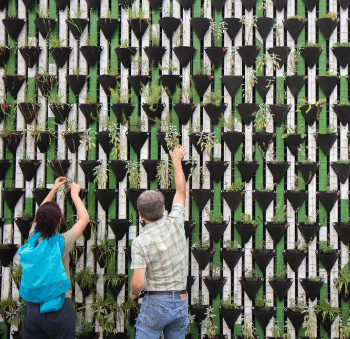
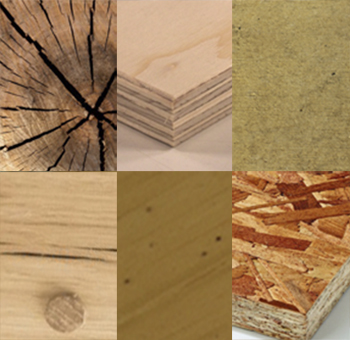

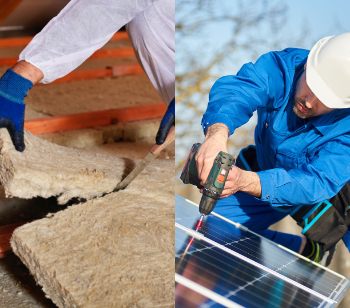
Comments
[edit] To make a comment about this article, click 'Add a comment' above. Separate your comments from any existing comments by inserting a horizontal line.
Great article ! did you know that you can create a company profile, with logo and website link, which will then appear at the top of each article you write to direct readers to the company with the specialist knowledge ?